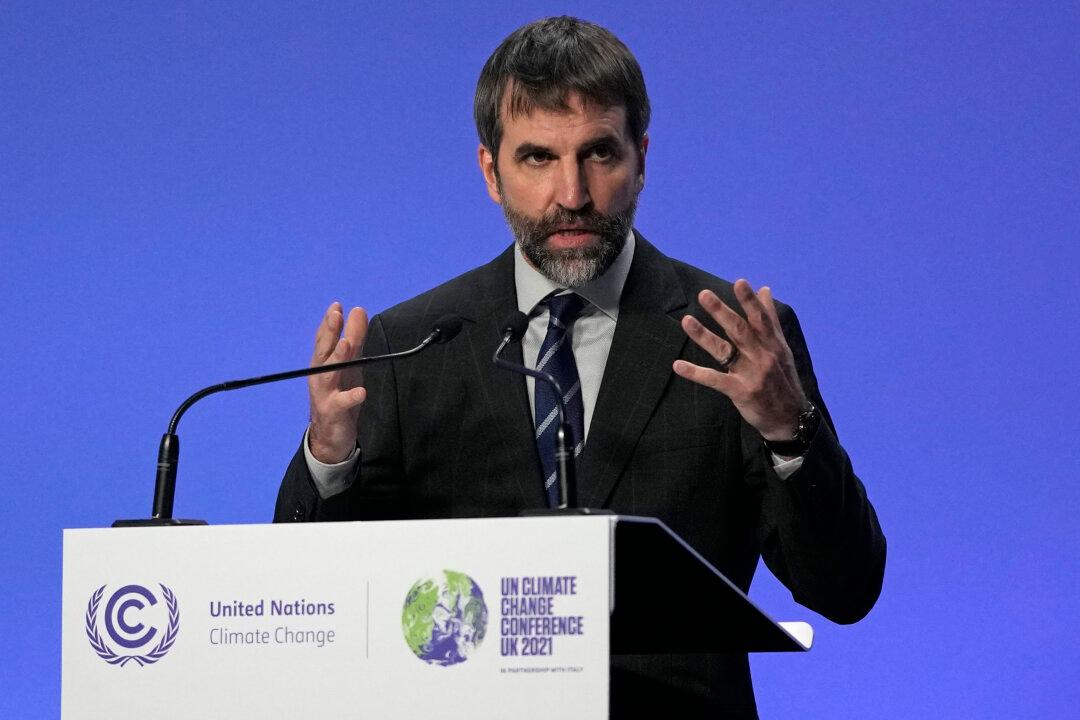EDMONTON—The federal government’s plan for a net-zero electricity grid by 2035 faces considerable regulatory, technical, and supply chain challenges, according to a new report, and Alberta Minister of Affordability and Utilities Nathan Neudorf said the cost to Albertans will be extreme.
“We are at a critical point in history where the global energy market is changing and energy supply needs to be addressed. Demands for reliable, sustainable energy are higher than ever, and we need our system to evolve to meet these demands in a responsible way,” said Mr. Neudorf in a July 19 statement.





